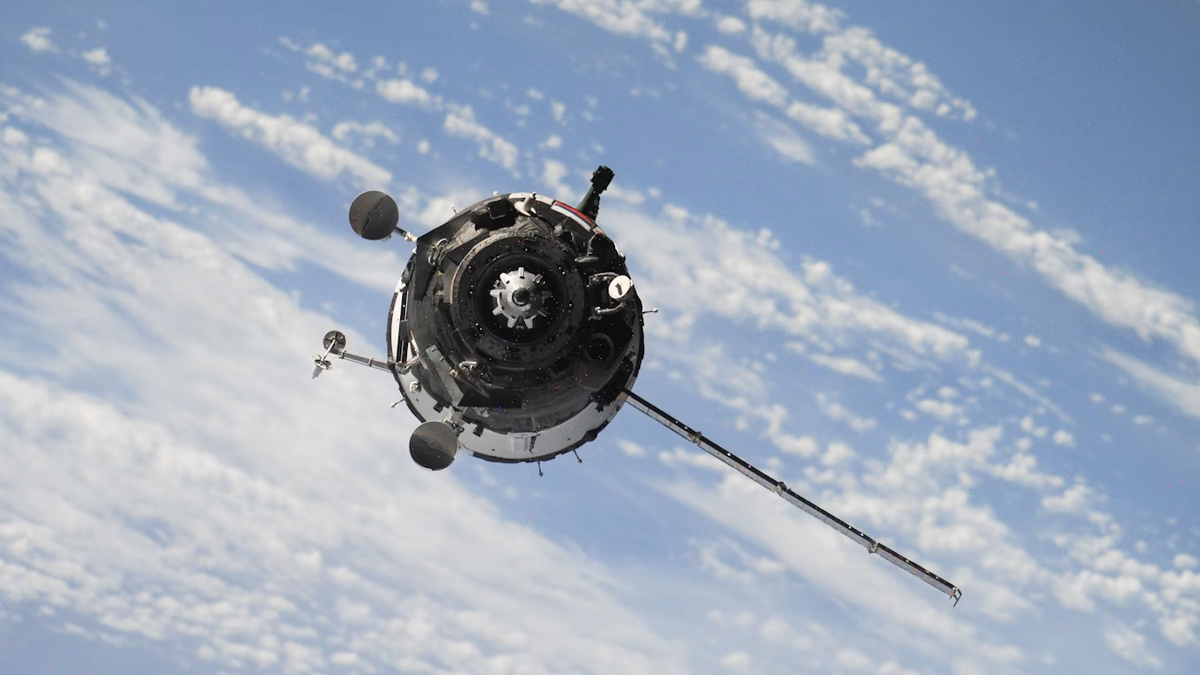Show table of content Hide table of content
It’s not uncommon to misplace small everyday items such as keys, earphones, wallets and smartphones. It is less common, however, to lose a satellite in space, and even less common to find it 25 years later halfway between the Earth and the Moon.
Cold War satellite found after 25 years in space
Unfortunately, not all satellite launches are successful, as in the case of the IRCB, launched by the United States in 1974, which mysteriously disappeared in the 1990s. It’s an unusual situation, all the more so because, despite scientific research, the device only reappeared once before vanishing again.
To recontextualise today’s topic, you need to know that there are currently many satellites above our heads, most of which are up there thanks to Elon Musk’s Starlink. These are the same satellites that are now used to deploy telecommunications and the Internet, as well as to refine weather forecasts. So it’s only natural that they should be sent into orbit above our heads on a regular basis.
The satellite we are talking about today, the IRCB, was originally a spy satellite sent into space during the Cold War, and was part of a larger satellite. It was when it was due to be deployed that an anomaly occurred and it ended up being considered as space junk before disappearing off the radar altogether.
The IRCB appears to have been identified among 20,000 other orbiting objects
The IRCB satellite was considered to be space junk following its failed deployment, but was lost in the 1990s. Like all space waste, however, it was closely monitored for fear of it falling back to Earth.
Space waste presents two major risks. Firstly, its trajectory becomes random and it can enter and leave the atmosphere at any time. In addition, there is a risk of collision with a manned flight or another space object such as a satellite, so the challenge will be to deflect it or go around it.
However, much to the surprise of scientists, the satellite suddenly reappeared on Thursday 25 April. According to Jonathan McDowell, an American astrophysicist, this is quite a feat, given that radars already have the onerous task of monitoring nearly 20,000 objects in orbit. The more populated an area, the more complicated it is to identify an unknown object. Since there weren’t many satellites reported missing in this orbit, it would seem that it is indeed the IRCB that has been found after 25 years of wandering in space for lack of other candidates.
Science This strange red lake in Tanzania turns animals to ‘stone’.


